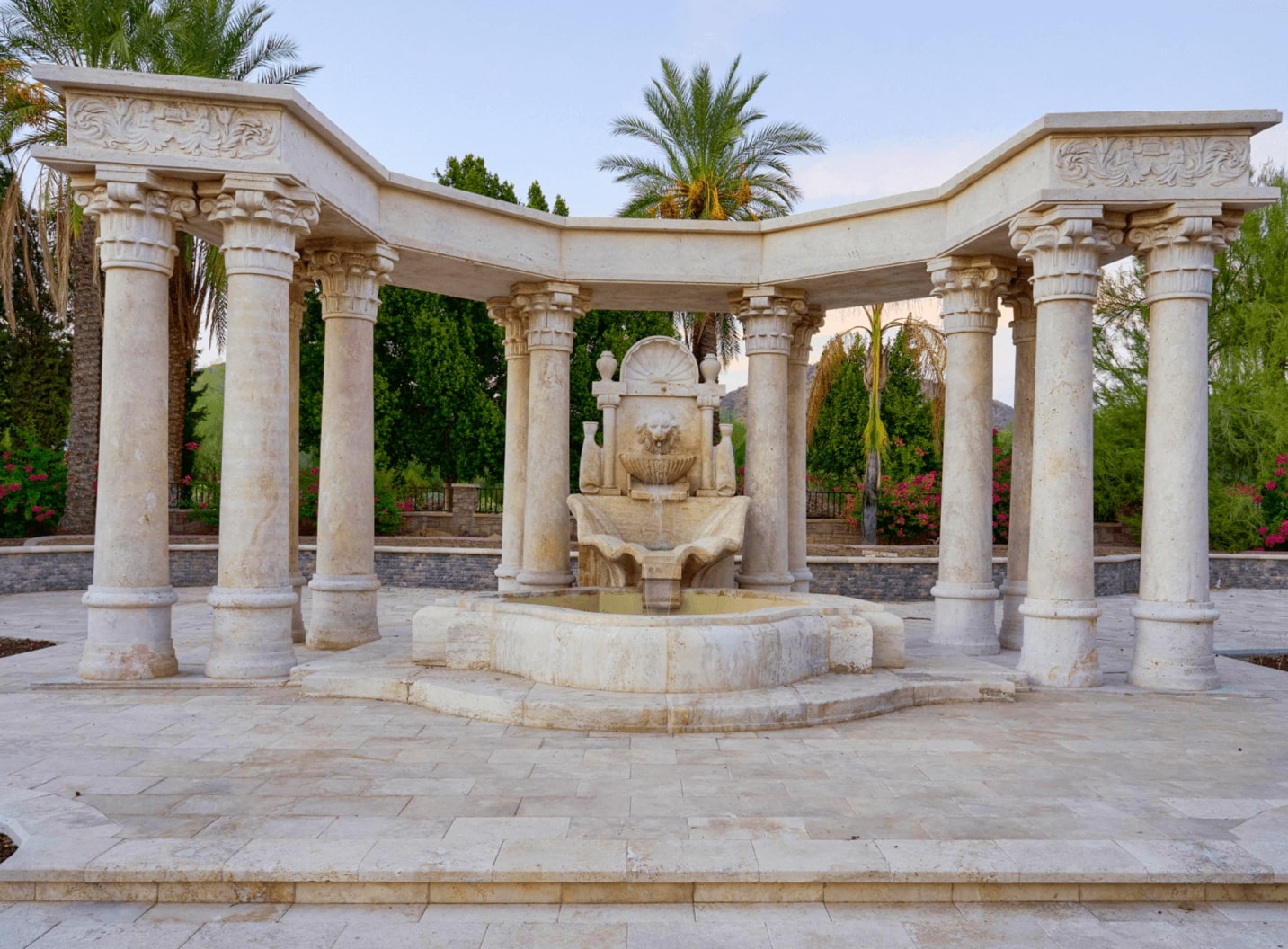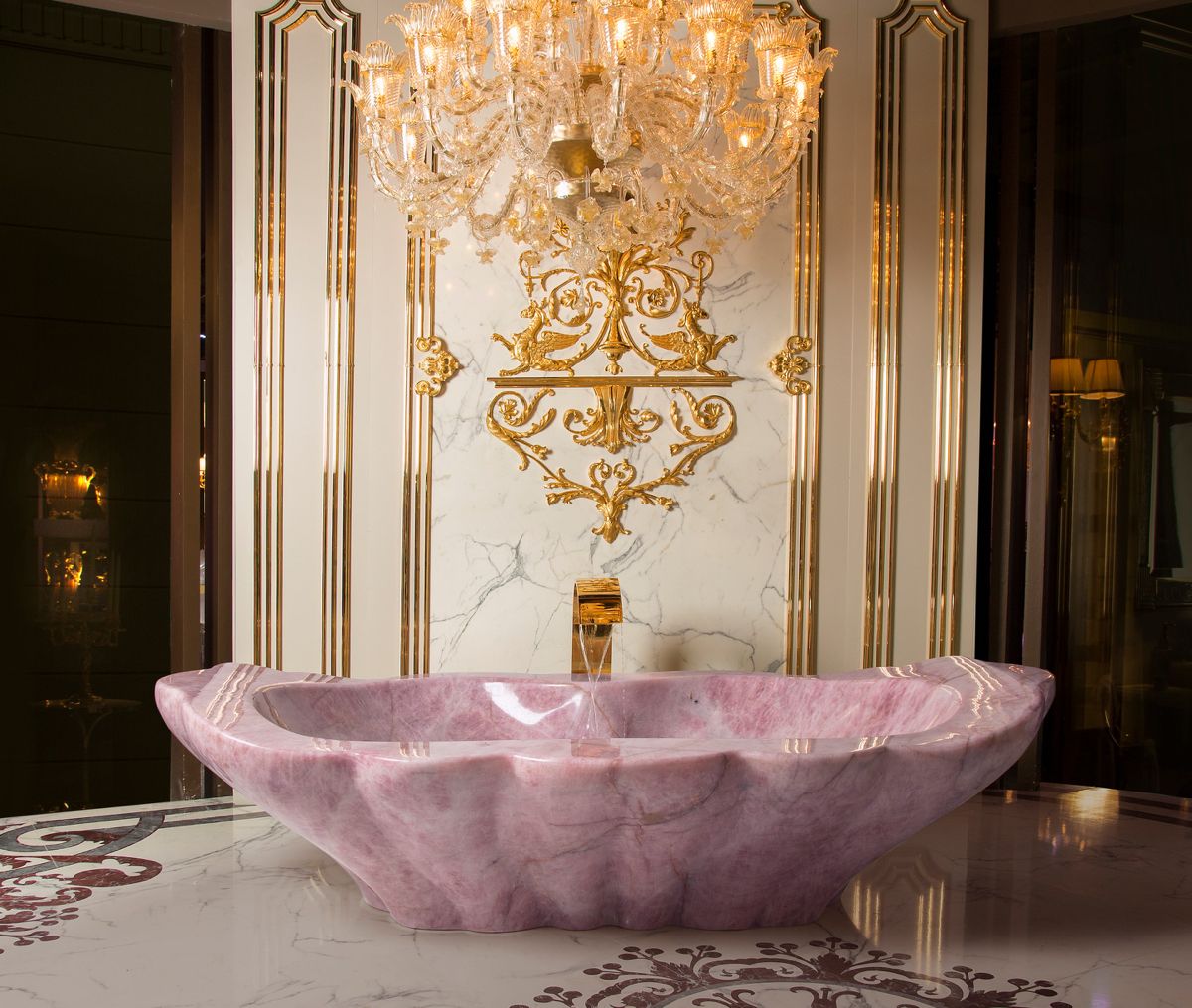Marble Statues of Women: Exploring the Beauty of Grace and Elegance
Marble statues of women have a rich and diverse history, evolving through different epochs and civilizations, each leaving a distinct imprint on the portrayal of feminine beauty. The use of marble as a medium for sculpture dates back to ancient times, and its enduring appeal is evident in the masterpieces that have survived the test of time.
Historical Evolution of Marble Sculptures
Ancient Greece In ancient Greece, marble statues of women reached unparalleled heights of perfection. Influenced by ideals of balance, proportion, and harmony, Greek sculptors crafted statues that celebrated the goddesses, muses, and mortal women alike. Notable examples include the statue of Aphrodite, the goddess of love and beauty, whose form embodied the epitome of grace.
Roman Period The Romans, inspired by Greek artistry, further developed the tradition of marble sculpting. Marble statues of women in the Roman era often depicted empresses, mythological figures, and the virtues associated with womanhood. The statue of Livia, wife of Emperor Augustus, exemplifies the Roman penchant for portraying imperial women in a dignified and idealized manner.
Renaissance Revival The Renaissance witnessed a revival of interest in classical art, and marble statues of women became central to the era's artistic expression. Artists like Michelangelo and Donatello drew inspiration from ancient Greek and Roman sculptures, infusing their creations with a renewed sense of realism and emotion. Michelangelo's "Pieta," a marble sculpture of the Virgin Mary mourning over the body of Jesus, exemplifies the Renaissance's emotional depth and technical prowess.
Neoclassical Era The Neoclassical period of the 18th and 19th centuries embraced a return to classical themes, and marble statues of women once again took center stage. Artists sought to capture the grace and poise associated with classical antiquity. Antonio Canova's "Psyche Revived by Cupid's Kiss" is a prime example, portraying the mythological tale of love and the soul with exquisite detail.
20th Century and Beyond In the 20th century, artists began to experiment with new styles and themes while still drawing inspiration from the classical tradition. Notable examples include sculptors like Jean Arp and Barbara Hepworth, who explored abstract and modernist approaches to the female form in marble.
Symbolism and Allegory in Marble Art
Marble statues of women transcend mere aesthetic beauty; they are laden with symbolism and allegory, serving as visual narratives that convey profound meanings. From ancient mythologies to societal ideals, the symbolic language embedded in these sculptures adds layers of significance to their form.
Ancient Mythological Representations In ancient Greece, marble statues often embodied mythological narratives, with goddesses and muses representing various virtues and aspects of life. An exemplary piece is the "Nike of Samothrace," symbolizing victory and the divine grace associated with success.
Allegorical Virtues in Renaissance Art During the Renaissance, artists used marble statues to symbolize virtues and ideals. Sandro Botticelli's "The Birth of Venus" is an allegorical representation of beauty and love, combining classical mythology with symbolic expression.

Emotional Symbolism in Baroque Sculpture The Baroque period saw a shift towards emotional expression in marble sculptures. Gian Lorenzo Bernini's "Ecstasy of Saint Teresa" is a prime example, blending religious symbolism with intense emotional fervor.

Neoclassical Allegories Neoclassical marble statues often depicted allegorical figures representing concepts such as justice, wisdom, and liberty. Antonio Canova's "Allegory of Prudence" is a striking example, encapsulating the Neoclassical fascination with embodying abstract ideas in sculptural form.
Modern Symbolism and Social Commentary In the 20th century and beyond, marble statues of women evolved to reflect contemporary issues and social commentary. For instance, a contemporary work like Magdalena Abakanowicz's "4 Seated Figures" may symbolize the collective strength and resilience of women. Considerations also extend to the durability and longevity of the statue. Some marbles, while stunning, may be more susceptible to weathering or discoloration over time. Sculptors must balance the aesthetic appeal with the practical aspects of the chosen marble, ensuring the longevity of their creation.
Artistic Techniques and Masterpieces
Marble statues of women stand as timeless masterpieces, not only for their aesthetic appeal but also for the exceptional artistic techniques employed in their creation. The sculptors' craftsmanship, attention to detail, and mastery of the medium elevate these statues to the realm of artistry.
Classical Sculpting Techniques The creation of marble statues in ancient Greece relied on classical sculpting techniques that emphasized balance, proportion, and anatomical precision. Artists such as Phidias and Praxiteles meticulously carved statues like the "Aphrodite of Knidos," showcasing a harmonious blend of technical skill and artistic vision.
Renaissance Realism and Emotion The Renaissance marked a departure from strict classical conventions, with artists seeking to infuse their marble statues with a sense of realism and emotional depth. Michelangelo's "David" exemplifies this shift, with its lifelike anatomy and the expression of intense determination.

Baroque Dramatic Expression In the Baroque period, sculptors like Gian Lorenzo Bernini embraced dramatic expression in marble. Bernini's "Apollo and Daphne" is a masterpiece that captures the transformation of the nymph Daphne into a laurel tree, showcasing the sculptor's ability to convey movement and emotion in stone.
Neoclassical Precision and Elegance Neoclassical sculptors aimed for precision and elegance, often drawing inspiration from ancient Greek and Roman art. Antonio Canova's "Psyche Revived by Cupid's Kiss" is a prime example, illustrating the Neoclassical emphasis on graceful forms and refined beauty.
Modern and Contemporary Innovations In the 20th century and beyond, artists continued to push the boundaries of marble sculpture. Henry Moore, for instance, experimented with abstract and organic forms in works like "Reclining Figure," showcasing a departure from classical representation while still harnessing the inherent beauty of marble.
Challenges and Technical Prowess Working with marble presents unique challenges due to its unforgiving nature. Sculptors must navigate the limitations of the medium, such as its hardness and susceptibility to fractures. Yet, it is within these challenges that the true technical prowess of marble sculptors emerges, as seen in the delicate features of Auguste Rodin's "The Eternal Spring."
Cultural Significance of Masterpieces Masterpieces like Michelangelo's "Pieta," depicting the Virgin Mary cradling the lifeless body of Jesus, transcend their technical excellence. They acquire cultural significance by embodying religious narratives, shaping collective perceptions, and becoming iconic symbols of artistic achievement.
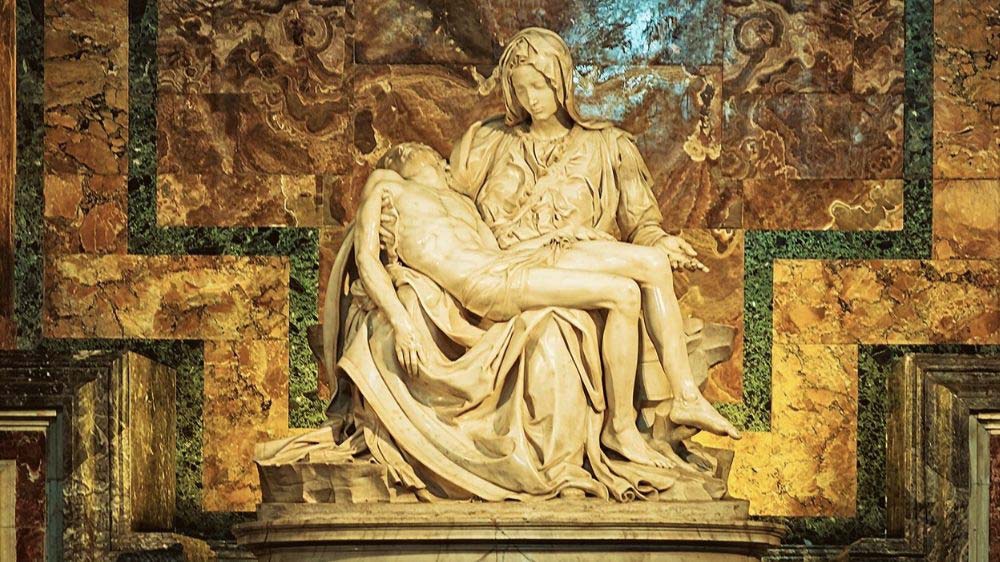
Legacy and Influence The legacy of marble statues endures not only through their physical presence but also in their profound influence on subsequent generations of artists. Whether through imitation, reinterpretation, or outright innovation, marble masterpieces continue to inspire and shape the trajectory of sculptural art.
In exploring the artistic techniques and masterpieces of marble statues of women, one can appreciate the evolution of sculptural expression across different periods, each contributing to the rich tapestry of art history. The technical ingenuity, emotional resonance, and cultural significance embedded in these masterpieces solidify their place as enduring symbols of artistic achievement.
The selection of the marble block is the inaugural act in the symphony of creating a marble bust statue. It is a decision that echoes through the entire sculpting process, influencing the visual narrative, structural integrity, and the statue's enduring presence. As we admire marble busts, let us not only see the artistry in the finished product but also appreciate the thoughtful curation of the raw material—the first brushstroke in the creation of a timeless masterpiece.
Cultural Influence and Impact
Marble statues of women have not only been reflections of artistic expression but also powerful influencers and reflections of cultural norms, societal expectations, and shifts in perception throughout history. Examining their cultural influence provides a nuanced understanding of the evolving roles and ideals associated with women.
Religious Significance Throughout history, marble statues of women have often held religious significance, embodying goddesses, saints, or mythical figures. In various cultures, these statues became focal points for religious devotion, symbolizing ideals of purity, grace, and divine femininity. The Madonna and Child sculptures, for instance, conveyed maternal love and virtue in Christian contexts.
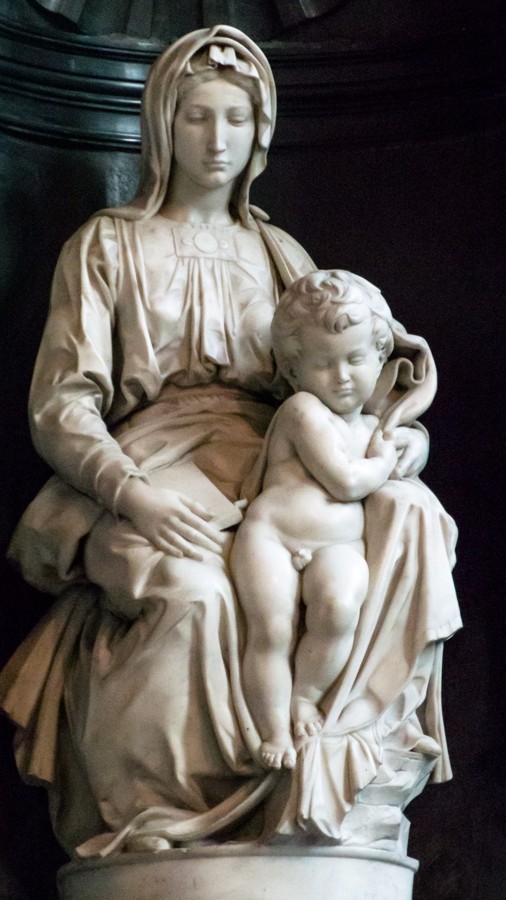
Political Symbolism In the political realm, marble statues served as powerful symbols of authority and virtue. Portraits of queens, empresses, and female leaders projected ideals of strength, wisdom, and benevolence. The Roman portrait of Empress Livia, for example, conveyed imperial dignity and the embodiment of virtue.
Changing Ideals of Beauty Marble statues played a significant role in shaping cultural perceptions of beauty and femininity. From the idealized forms of ancient Greek goddesses to the realistic portrayals of Renaissance women, these sculptures reflected societal ideals of physical beauty, grace, and elegance. The shifting standards of beauty throughout history are mirrored in the evolving depictions of women in marble.
Social Commentary Marble statues also became a medium for social commentary, reflecting and sometimes challenging prevailing social norms. Neoclassical sculptures often depicted allegorical figures representing concepts such as liberty and justice, contributing to discussions on societal values and aspirations.
Feminism and Artistic Expression In more recent times, marble statues of women have been reinterpreted through the lens of feminism and contemporary art. Artists have challenged traditional representations, offering alternative narratives that explore female agency, identity, and empowerment. This shift in perspective reflects broader societal conversations about gender roles and equality.
National Identity and Heritage Marble statues contribute to the construction of national identity and cultural heritage. Sculptures of prominent female figures, whether historical or mythical, become symbols of national pride, embodying the values and aspirations of a particular society.
Globalization and Cross-Cultural Influence In an era of globalization, marble statues of women have transcended cultural boundaries, influencing and being influenced by diverse artistic traditions. The exchange of ideas and artistic styles across cultures has led to a rich tapestry of marble sculptures that draw from, and contribute to, a global artistic dialogue.
Educational and Inspirational Impact Marble statues, displayed in museums and public spaces, have an educational impact, offering insights into the cultural, historical, and artistic contexts of different periods. They inspire future generations of artists, scholars, and enthusiasts, fostering an appreciation for the complexities of human expression.
Exploring the cultural influence and impact of marble statues of women unveils the layers of meaning embedded in these sculptures. From religious devotion to political symbolism, from shaping beauty standards to contributing to social commentary, these statues have been integral to the cultural narrative, reflecting and shaping the evolving tapestry of human civilization. The sculptor's toolkit is a symphony of traditional and modern instruments, each serving a specific purpose in the transformation of a raw block of marble into a masterpiece. Traditional hand tools, such as chisels and mallets, are foundational to the craft. The rhythmic sound of a sculptor's strike against the chisel reverberates through time, echoing the techniques of ancient artisans. These hand tools provide the sculptor with an intimate connection to the marble, allowing for nuanced control and the shaping of intricate details.
Contemporary Perspectives and Reinterpretations
In the realm of marble statues of women, contemporary artists engage with this classical tradition, offering fresh perspectives that reflect the complexities of modern society. Through innovative approaches and reinterpretations, these sculptures challenge traditional notions, explore diverse narratives, and contribute to the ongoing evolution of artistic expression.
Modern Artistic Experimentation In the 20th century and beyond, artists have pushed the boundaries of marble sculpture, experimenting with abstract forms, unconventional materials, and conceptual themes. Figures like Barbara Hepworth and Henry Moore introduced modernist sensibilities, breaking away from classical representations while still drawing inspiration from the inherent beauty of marble.
Feminist Critique and Redefinition: Feminist artists have critically engaged with the representation of women in marble, offering alternative narratives that challenge stereotypes and question traditional roles. Artists like Magdalena Abakanowicz and Louise Bourgeois have reinterpreted the female form in ways that speak to female agency, identity, and the complexities of lived experiences.
Cultural Diversity and Inclusivity Contemporary marble sculptures reflect an embrace of cultural diversity and inclusivity. Artists draw inspiration from various cultural traditions, celebrating a multiplicity of narratives and representations of women. This shift acknowledges the importance of diverse perspectives in shaping the dialogue around femininity and womanhood.
Social and Environmental Commentary Some contemporary marble sculptures go beyond personal narratives to engage with broader social and environmental issues. Artists address topics such as climate change, social justice, and human rights, using marble as a medium to communicate messages that extend beyond the aesthetic realm.
Technological Integration Advancements in technology have opened new possibilities for artists working with marble. From digital design and 3D printing to robotic carving, contemporary artists leverage technological tools to push the boundaries of what can be achieved in marble sculpture, marrying traditional craftsmanship with cutting-edge methods.
Interactive and Installation Art Beyond static representations, contemporary marble art often incorporates interactive and installation elements. Artists create immersive experiences that invite viewer participation, challenging the traditional notion of sculpture as a passive object and fostering a dynamic engagement with the audience.
Global Perspectives and Collaboration The interconnectedness of the modern world allows artists to draw inspiration from global perspectives and collaborate across cultures. International collaborations bring together diverse artistic traditions, resulting in marble sculptures that embody a fusion of styles, narratives, and cultural influences.
Legacy and Continuity While embracing contemporary perspectives, artists working with marble acknowledge the rich legacy of the medium. The continuity with classical traditions is evident in the dialogue between past and present, creating a bridge that connects contemporary expressions with the enduring beauty and craftsmanship of historical marble statues of women.
Contemporary perspectives and reinterpretations of marble statues of women showcase the dynamic nature of artistic expression. Through diverse themes, innovative techniques, and a global outlook, artists continue to breathe new life into the tradition, ensuring that marble sculpture remains a vibrant and evolving part of the artistic landscape.
Conclusion
In our exploration of marble statues of women, we have traversed through the epochs of art history, witnessing the evolution of these timeless masterpieces from ancient Greece to the present day. The allure of marble sculptures lies not only in their aesthetic beauty but in the intricate narratives, cultural influences, and innovative perspectives they encapsulate.
From the classical perfection of ancient Greek goddesses to the emotional depth of Renaissance masterpieces, marble statues of women have served as conduits for artistic expression, cultural commentary, and societal reflection. The symbolism, allegory, and technical mastery embodied in these sculptures provide a glimpse into the ideals and values upheld by diverse civilizations across the ages.
As we appreciate the rich tapestry of marble art, it's essential to recognize its continued relevance in contemporary times. Modern artists, drawing inspiration from global perspectives, feminist critique, and technological advancements, breathe new life into the tradition, ensuring its vibrancy and adaptability for future generations.
In this context, we invite enthusiasts and connoisseurs of fine art to explore the innovative offerings of Classybath Stone Tubs . Going beyond the conventional, Classybath Stone Tubs specializes in crafting customized marble statues for indoor and outdoor decoration. Their commitment to precision craftsmanship, artistic excellence, and attention to detail ensures that each creation becomes a unique and personalized masterpiece.
Whether you seek a modern reinterpretation of classical themes, a feminist perspective, or a representation that reflects your cultural identity, Classybath Stone Tubs can bring your vision to life. Embracing the enduring beauty of marble, these customized statues serve not only as decorative elements but as expressions of individuality, taste, and appreciation for the timeless art form.
In choosing Classybath Stone Tubs , you not only invest in a work of art but become part of a legacy that bridges tradition and innovation. Elevate your living spaces with the grace and elegance of customized marble statues, curated to resonate with your personal aesthetic and values. Classybath invites you to embrace the beauty of marble, where craftsmanship meets customization to create enduring masterpieces that transcend time and trends.
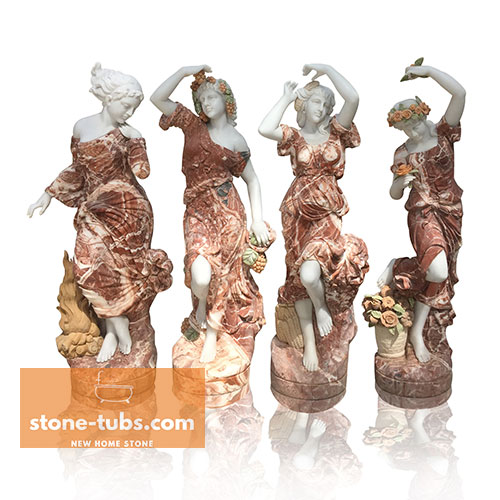
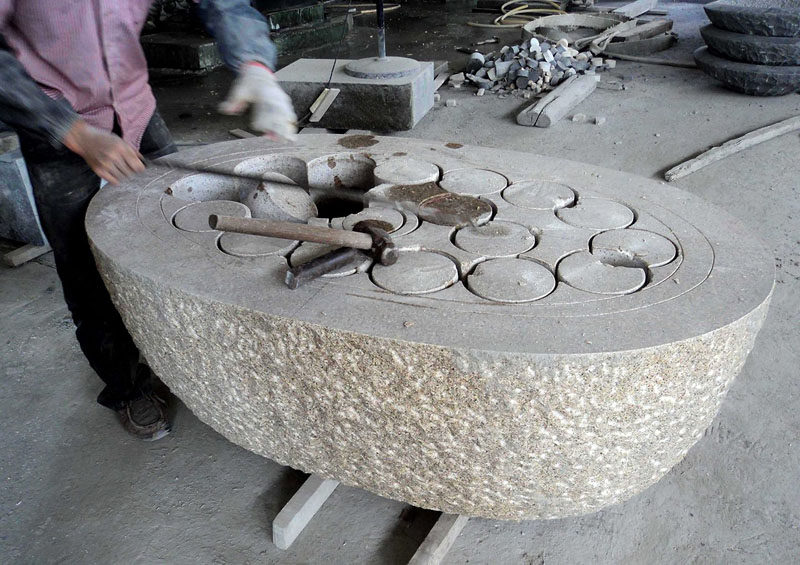
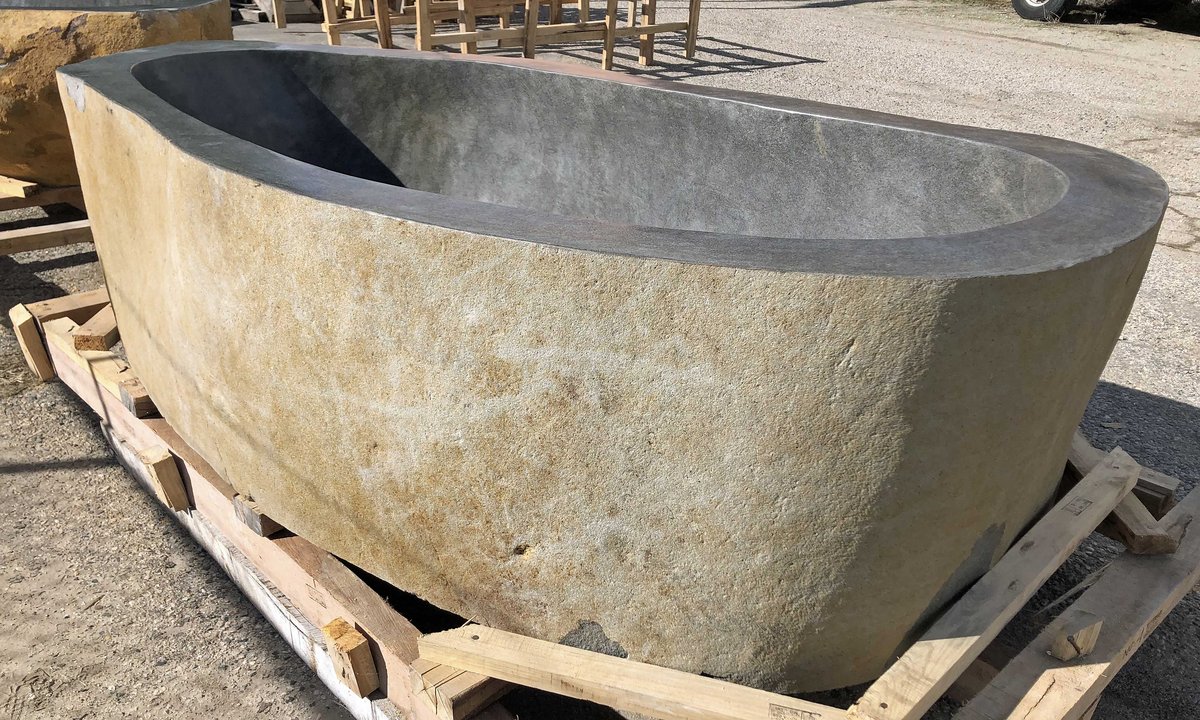
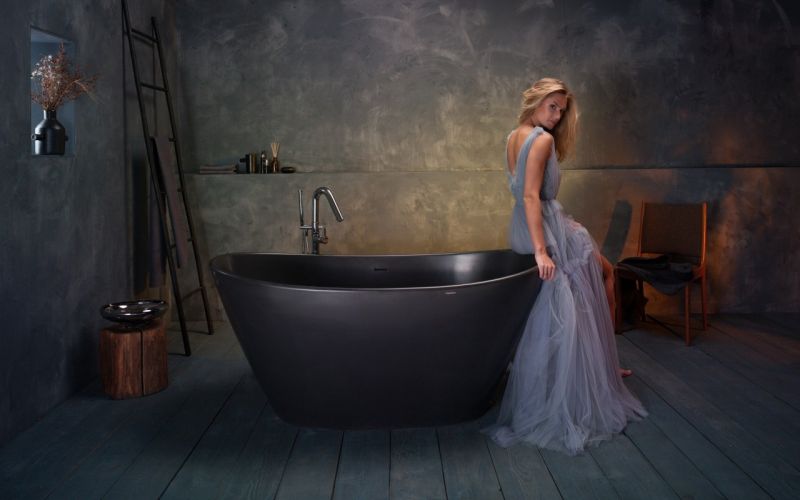


.png)
